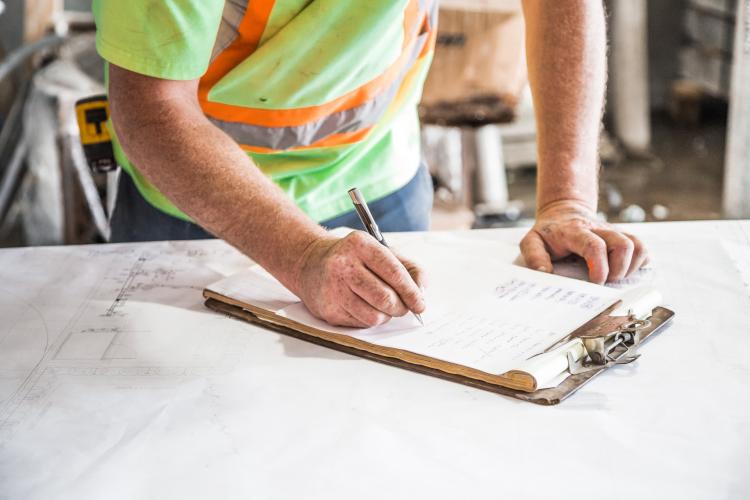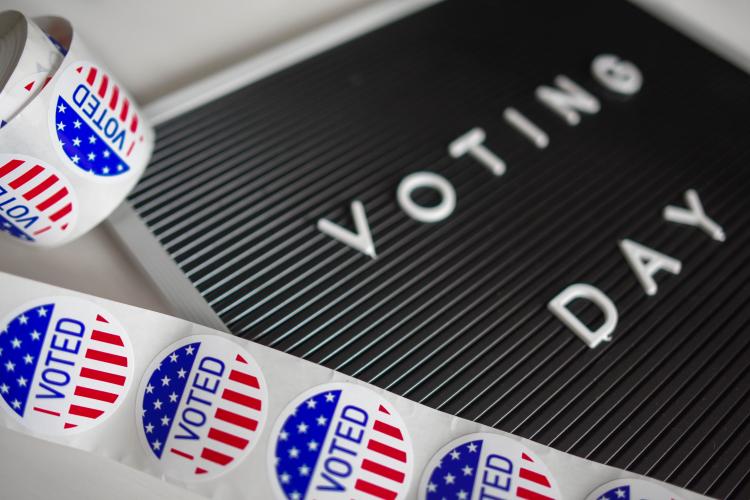Federal
Home Energy Rating Variability Study
Home energy ratings are experiencing a growing role in energy code compliance. HERS Raters, in particular, often provide third-party verification services for minimum and above-code programs, including traditional compliance pathways contained in the International Energy Conservation Code (IECC), and more recently the Energy Rating Index (ERI) pathway. In recognition of this trend, the U.S. Department of Energy commissioned a study exploring the consistency and replicability of the HERS system, and in anticipation of HERS Raters assuming a greater role in energy code compliance.
Study Highlights:
What Do the Midterm Elections Mean for Energy Efficiency?
The 2018 midterm elections brought significant voter participation, with turnout breaking levels not seen since the 1960s. Nationally, this enthusiasm shifted power in the U.S. House of Representatives back to the Democrats, while Republicans increased their control of the U.S. Senate. A total of nine House seats in the Midwest flipped to Democratic-control—in addition to two seats in Minnesota changing from Democratic to Republican.
Energy Efficiency is a Win-Win. So Why Does the Affordable Clean Energy Rule Ignore It?
In 2015, the U.S. Environmental Protection Agency (EPA) finalized their much-anticipated Clean Power Plan (CPP). This rule, proposed by the Obama Administration, aimed to reduce U.S. carbon dioxide emissions from existing fossil fuel power plants by 32% by 2030. The CPP set the first-ever national limits on carbon pollution from power plants and allowed states flexibility to comply with the emission targets.
The “Affordable Clean Energy” (ACE) rule is the proposed replacement to the CPP by the Trump Administration. While the CPP prudently incorporated energy efficiency, ACE largely ignores it, undermining the economic, environmental and health benefits energy efficiency offers.
Smart Discussion on Smart Grids
As more and more distributed resources come onto the grid, we are coming full circle back to something that looks more like Edison’s original distributed energy system, after a century of Samuel Insull’s centralized model. Besides changes in how energy is generated, the way it is used is also changing, with energy customers becoming active participants rather than just passive consumers. The interoperability of all of the devices on the grid is essential to keeping up with the changing needs of customers and energy markets.
6 Energy Efficiency Financing Options You Should Know
Energy efficiency improvements can be expensive and burdensome for residential homeowners, renters and building owners. Luckily, there are an increasing number of financial options to help cover the up-front costs of efficiency upgrades. Below, we lay out several financing options to make our homes and workplaces more energy efficient.
1. On-Bill Financing
On-bill financing is an umbrella term for a financing program where a charge is added to a customer’s energy bill to repay a loan from a utility for energy efficiency upgrades. The utility acts as the lender and incurs the upfront costs of the improvements.
How It Works
IHP Wins ENERGYSTAR Partner of the Year
Author’s note: this article is best enjoyed with musical accompaniment.
March Madness is over, and Villanova isn’t the only one taking home a trophy. We’re proud to announce that Illinois Home Performance won the 2018 ENERGYSTAR® Partner of the Year Award! With the help of an all-star starting lineup, IHP delivered a victory for homeowners and energy efficiency.
Highlight Reel
IHP previously won back-to-back Partner of the Year Awards in 2014 and 2015, followed up with an ENERGYSTAR Excellence in Promotion Award in 2017. How’s that for a dynasty?
The Birth and Evolution of a Successful EE Program
In September, the U.S. Department of Energy’s Office of Energy Efficiency and Renewable Energy completed a case study profiling MEEA’s HVAC Savings Adjustment and Verified Efficiency (HVAC SAVE) program, which tells the story of how MEEA partnered with utilities in Iowa to launch a HVAC quality installation and quality maintenance program that has resulted in over 100,000 jobs and substantial energy savings.
R.I.P. CPP: A Eulogy for the Clean Power Plan
Dearly Beloved,
We are gathered here today to say our goodbyes to the Clean Power Plan. With us are some of the Clean Power Plan’s relatives – the Clean Air Act and Massachusetts v. EPA. Thank you for being here. We know this is a loss for all of us in the energy efficiency community.
DOE Brightens the Path to Chicago's LED Conversion
Did you know that for every 10 Chicagoans, there is a hard-working street light brightening their path? In fact, the largest city in the Midwest has a network of more than 300,000 street lights that collectively form a nightlight visible from space. Until now, less than 2% of these lights have been converted to LED, the new standard in efficient, effective outdoor lighting, but that’s about to change.








